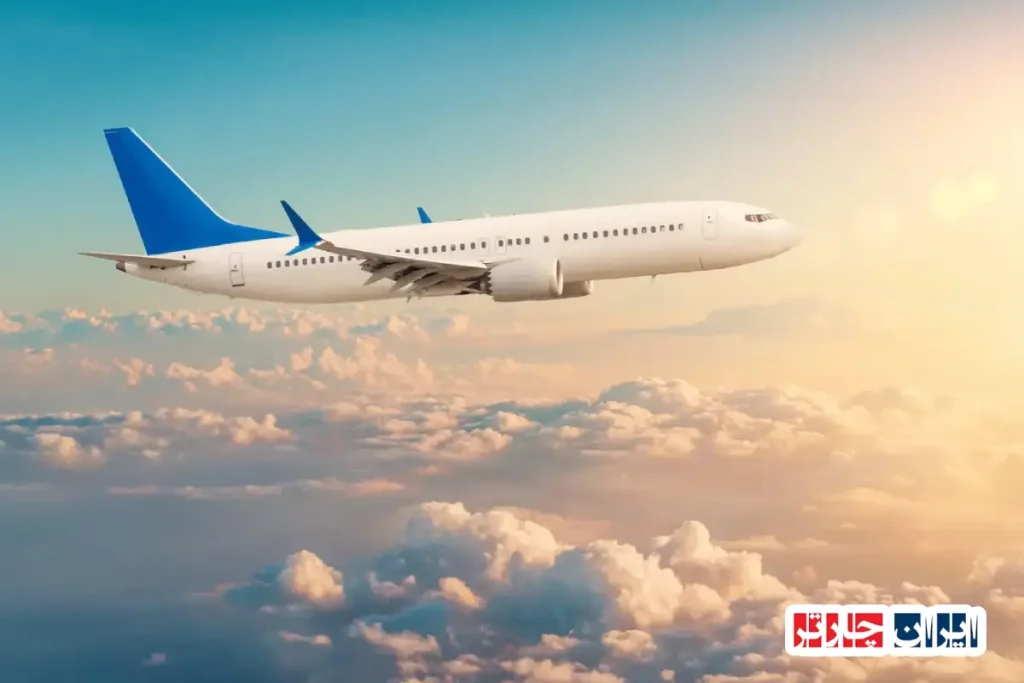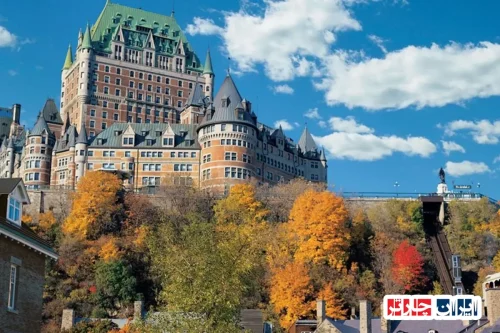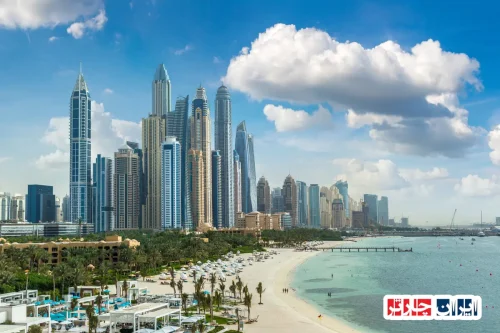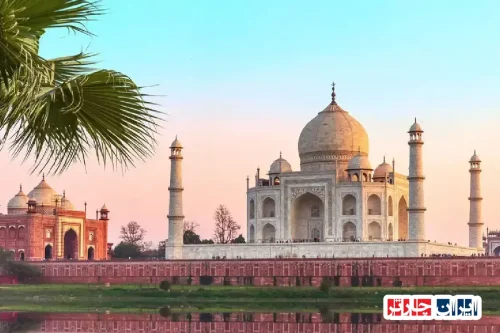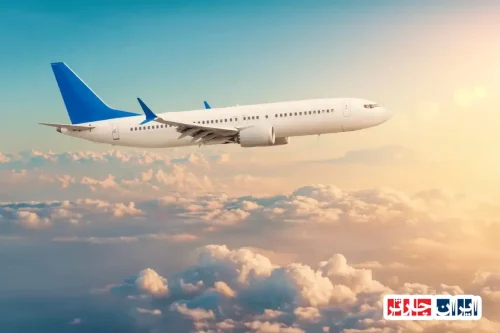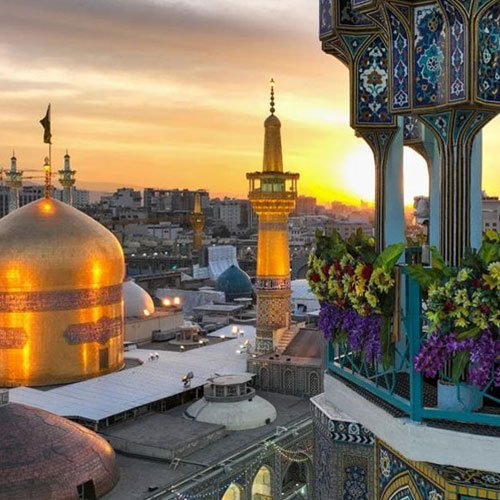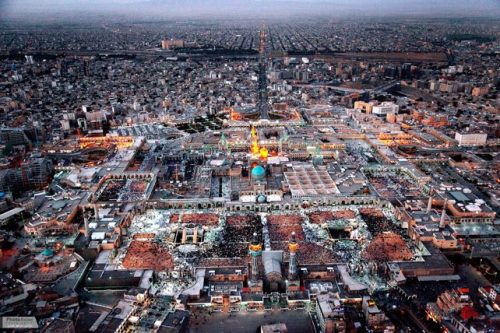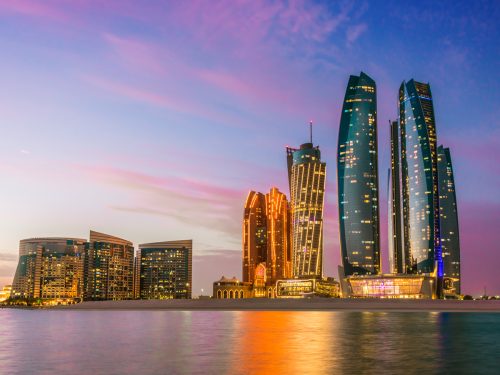Iran Tourism: A Journey into History, Culture, and Unparalleled Hospitality
Traveling to Iran is an enriching experience that takes you deep into the heart of a civilization spanning thousands of years. From the magnificent ruins of Persepolis, echoing the grandeur of the ancient Persian Empire, to the intricate tilework of mosques in Isfahan and the vibrant energy of traditional bazaars, history and culture are woven into the very fabric of the country. For those considering Iran travel, expect a destination where every corner reveals a story, offering a fascinating blend of historical discovery and cultural immersion that captivates visitors from around the globe and makes Iran tourism a truly unique choice.
Beyond the incredible historical sites and diverse cultural landscapes, the warmth and generosity of the Iranian people stand out as the country’s most remarkable asset. Iranian hospitality is legendary, known worldwide for its genuine sincerity and depth. Visitors often find themselves invited for tea, engaged in friendly conversations, and sometimes even welcomed into homes for meals. This inherent kindness creates a welcoming atmosphere that makes exploring ancient Iran and its rich heritage not just an educational journey, but a deeply personal and heartwarming experience that leaves a lasting impression.
Dreamy Routes: From Turquoise Isfahan to Charming Shiraz, Must-See Cities of Iran
Many travelers embark on a classic route through Iran that links some of its most famous and beautiful cities, each offering a unique glimpse into the country’s artistic and architectural achievements. Isfahan travel introduces you to a city often called “Half of the World” due to its breathtaking Islamic architecture, stunning squares, and iconic bridges, embodying the essence of “turquoise Isfahan.” Moving south, Shiraz travel offers a more relaxed atmosphere, famous for its beautiful Persian gardens, the tombs of celebrated poets like Hafez and Saadi, and as the essential starting point for visiting the glorious ruins of Persepolis.
These must-see cities of Iran are the cornerstones of the classic Iran route and are packed with major tourist attractions Iran is renowned for. In Isfahan, Naqsh-e Jahan Square is a UNESCO World Heritage site surrounded by architectural marvels like the Imam Mosque and Sheikh Lotfollah Mosque. Near Shiraz, Persepolis, the ceremonial capital of the Achaemenid Empire, is a breathtaking archaeological site. Exploring these key urban centers provides a comprehensive introduction to the historical layers and artistic beauty that define Iran’s cultural landscape, making them indispensable stops on any itinerary.
Beyond Historic Buildings: Authentic Experiences and Hidden Gems in Traveling to Iran
While Iran’s historical monuments are undoubtedly magnificent, traveling to Iran offers a much richer tapestry of experiences that go far beyond visiting ancient ruins. The country’s diverse geography provides incredible opportunities for Iran nature exploration, from trekking in the Alborz mountains, skiing, exploring vast deserts like the Dasht-e Lut, or enjoying the Caspian Sea coast. Engaging with Iran’s natural beauty offers a different perspective and provides authentic Iran experiences away from the typical tourist trails, revealing landscapes of stunning variety.
True cultural immersion involves connecting with the local life Iran. This can mean wandering through bustling Iran bazaars, learning about traditional crafts, or savoring the complex flavors of traditional Iranian food in local eateries. Seeking out the hidden gems Iran offers, perhaps visiting a remote village, staying in a traditional guesthouse, or witnessing a local festival, allows for a deeper understanding of the country’s vibrant social fabric and enduring traditions. These genuine interactions and off-the-beaten-path discoveries often become the most memorable parts of a trip.
Comprehensive Guide to Traveling to Iran: From Visa to Practical Tips for a Worry-Free Trip
Planning a trip to Iran requires attention to some practical details to ensure your journey is as smooth and enjoyable as possible. One of the first steps for most international visitors is understanding the Iran visa process. While certain nationalities can obtain a visa on arrival, many others need to apply in advance through the e-visa system or an authorized travel agency. Staying informed about the latest visa regulations for your specific nationality is crucial for a hassle-free entry into the country when you plan to visit Iran.
A comprehensive Iran travel guide also covers essential information such as the best time to visit Iran, which often depends on the region you plan to explore (spring and autumn are popular across many areas). Navigating the country is facilitated by various transport in Iran options, including relatively inexpensive domestic flights, comfortable train routes connecting major cities, and an extensive bus network. Finding suitable accommodation Iran offers is possible for all budgets, from luxurious hotels to charming traditional houses. Additionally, being mindful of local customs and dress codes, combined with general Iran safety tips, contributes significantly to a respectful and positive travel experience.
The Magic of Iranian Hospitality: Connecting with Locals and Immersing in Authentic Culture
Perhaps the most talked-about aspect of visiting Iran is the extraordinary warmth and generosity of its people. The renowned Iranian hospitality is not just a cultural trait; it’s a fundamental value that deeply impacts the traveler’s experience. Iranians are genuinely welcoming, curious about foreigners, and often go out of their way to help or invite guests, making visitors feel incredibly valued and safe throughout their journey across the country. This inherent kindness creates a profoundly positive atmosphere that transcends language barriers.
Engaging with locals provides unparalleled opportunities for cultural immersion Iran. Simple interactions, like chatting with shopkeepers in a bazaar, sharing a cup of tea, or accepting invitations to join a family for a meal, offer authentic insights into daily life and traditions. These moments of meeting locals Iran allow for genuine cultural exchange, breaking down stereotypes and building connections that highlight the shared humanity. For many travelers, these personal encounters are the true authentic Iran experience and the most cherished memories of their trip, showcasing the genuine heart of the nation.
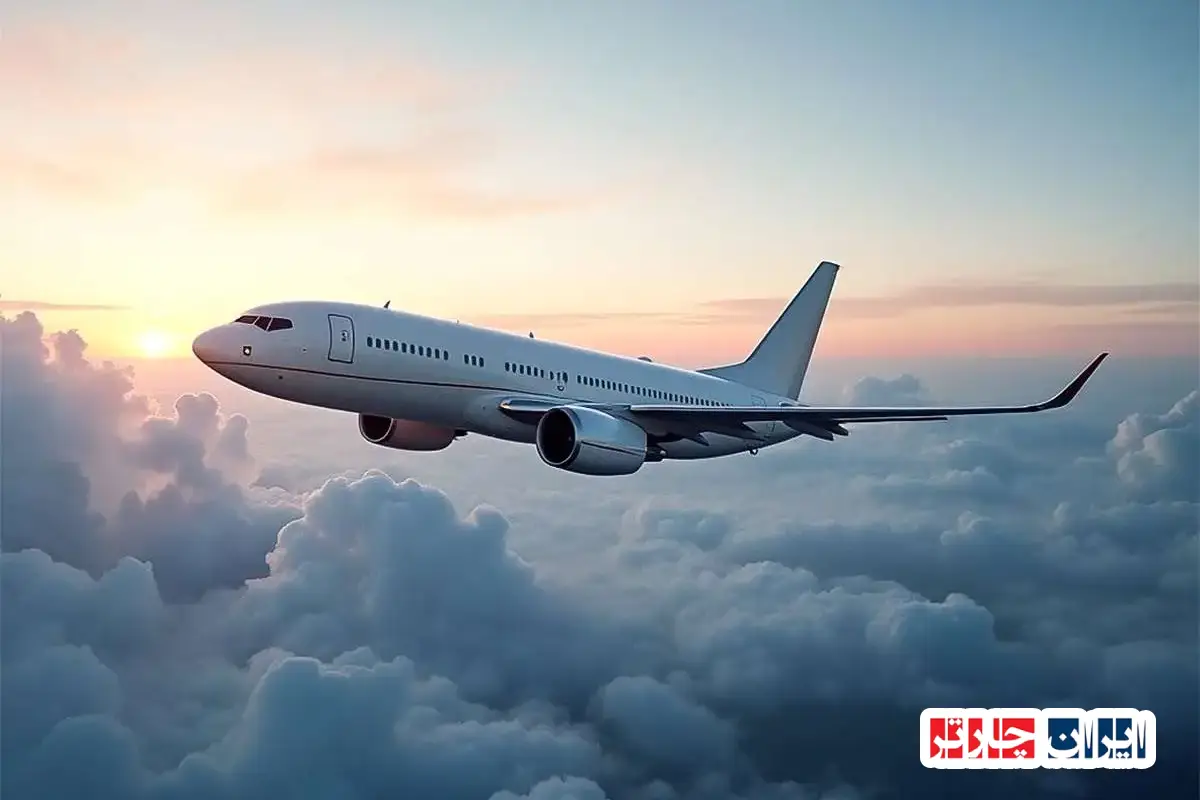
FAQ
Here are 10 common points regarding Iran tours:
Is a visa necessary to travel to Iran?
Most foreign nationals require a visa to enter Iran. There are some exceptions, so checking the latest visa requirements for your specific nationality before traveling is crucial.
Is Iran a safe country for tourists?
Many tourists report feeling safe in Iran and find the people to be very hospitable. However, it’s important to be aware of and respect local laws and customs, and some government travel advisories for certain nationalities may differ.
What is the dress code for tourists in Iran?
Yes, there is a dress code that applies in public. Women are required to wear a headscarf to cover their hair and neck, and wear loose-fitting clothing that covers their arms and legs. Men should avoid shorts and sleeveless tops.
What is the best time of year to visit Iran?
Spring (March to May) and Autumn (September to October) are generally considered the best times to visit due to pleasant weather across most of the country, avoiding the summer heat and winter cold.
What is the currency in Iran and how can tourists access money?
The official currency is the Iranian Rial (IRR), but the Toman (which equals 10 Rials) is commonly used in daily transactions. International credit and debit cards generally do not work in Iran, so tourists need to bring sufficient cash, preferably Euros or US Dollars, to exchange.
How can I get around while on a tour in Iran?
Transportation options include domestic flights between major cities, trains on some routes, intercity buses (including comfortable VIP buses), and private cars or taxis.
What kind of tours are available in Iran?
A wide variety of tours are available, including cultural, historical, adventure, and nature tours, covering different regions and interests.
What are some popular destinations included in Iran tours?
Popular destinations often include historical cities like Isfahan, Shiraz, and Yazd, as well as the capital Tehran, and various natural attractions.
Is internet access available for tourists in Iran?
Internet access is available, primarily through Wi-Fi in hotels and cafes, or by purchasing a local SIM card upon arrival. Be aware that some websites and social media platforms may be filtered, and using a VPN is common to access them.
What are some cultural considerations for tourists in Iran?
Respecting local customs, such as dress code and interactions between genders in public, is important. Avoid taking photos of government or military buildings. Tipping is becoming more common in tourist areas.

